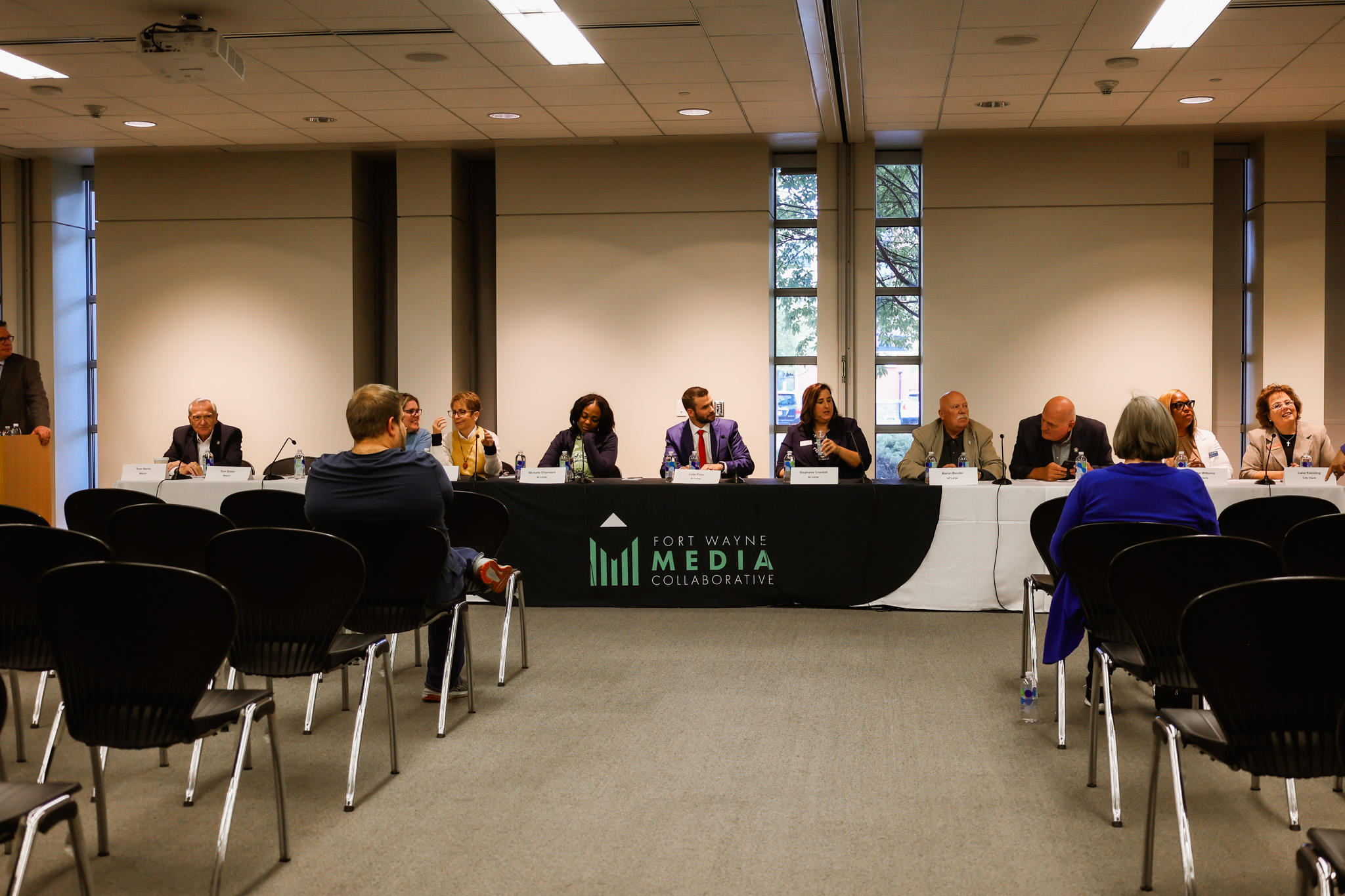Fort Wayne Media Collaborative
What makes a neighborhood healthy? Did Fort Wayne’s glorious, new, sparkly downtown
deprive city neighborhoods of crucial funding they need for amenities of their own? Does the city’s 50-
year-old policing system that divides Fort Wayne into quadrants need a reboot?
Eleven candidates for city offices debated these issues and more at the Allen County Public
Library on Oct. 7 during a forum sponsored by the Fort Wayne Media Collaborative. The collaborative is
made up of seven area news organizations that have banded together to focus on the affordable housing
crisis in Fort Wayne and northeast Indiana and the development of healthy city neighborhoods. Election
Day is Tuesday, Nov. 7.
Healthy Neighborhoods
Asked for a definition of a healthy neighborhood, all 11 candidates focused their comments
primarily on the physical and mental health needs of neighborhood residents.
Mayor Tom Henry, who is seeking his fifth term, cited the city’s robust financial health – a
healthy infrastructure, “more jobs than we have people to take them,” and strong schools. But he argued
that the city must pour more of its resources into fostering a healthy citizenry.
“We need to look at our physical health,” Henry said. “We smoke too much. Fort Wayne is one of
the top cities in obesity and infant mortality. Now is the time to look at social and physical issues.”
The city poured almost $200 million into neighborhood public works projects and $100 million
into City Utilities projects between 2018 to 2023. The increased investment was the result of a bipartisan
effort to find new revenue streams, including an income tax increase. Federal pandemic funding has also
played a vital role in funding services.
At large council candidate Stephanie Crandall, who directs the city’s Office of Intergovernmental
Affairs, believes that helping the city’s aging population age in place is a vital issue for healthy
neighborhoods. “At the core is being connected with each other… Our communities need to be places
where people can age out to their life expectancy.”
At large council candidate Audrey Davis cited mental health and addiction treatment as a priority
for city officials going forward. She advocated creating and expanding “wrap-around services” aimed at
people struggling with overwhelming stress.
Melissa Rinehart, seeking the council seat in District 2, cited a need to develop “appropriate”
housing for city residents. “People need a place to live, and they need social connections more than
anything else. We need to activate our neighborhoods.” She said one of her neighbors on North Anthony
Boulevard grows large quantities of vegetables in her backyard, and gives them away to low-income
residents. “She’s paying it forward,” Rinehart said, “but I’m not sure she knows she’s reestablishing social
connections.”
Luke Fries, who is seeking election to one of three at large seats, believes that aspects of physical
health and mental health, both need the council’s attention. “Physical health can correlate with mental
health. There are still parts of the city – Waynedale for example – that don’t have sidewalks.”
Fries also said he believes the city should live within its means, rather than issuing bonds to pay
for infrastructure or other building projects.
Martin Bender, at-large council incumbent and Fort Wayne Police Department captain, cited
improved infrastructure in determining how healthy neighborhoods are. “Infrastructure is a big deal,” he
said. “You can’t go anywhere without seeing a barricade up somewhere. This contributes to a healthy
city. Our employment rate is healthy, and we have a great public school system, and great parochial
schools.”
Incumbent at-large Republican Tom Freistroffer said a healthy city budget draws people who
want to retire in Fort Wayne. “We need to be more transformational,” he said, “and we have to get what
the neighbors want.”
Incumbent Democrat Michelle Chambers, who is seeking reelection to her at-large seat, believes
the city is trending toward a healthy status, with 30 percent of the city budget going toward community
services. “We are a city of nonprofits (agencies),” she said. “And our cops had to act as social workers.
Now we have three permanent social workers in the Fort Wayne PD.”
Seeking her third term, incumbent City Clerk Lana Keesling said six of her seven children moved
away from Fort Wayne in the past ten years, but now are hoping to move back – a sign of a healthy
community. “Our kids want to stay here and come back, and we’re recruiting new talent,” she said.
“That’s amazing, and it tells us that we are healthy. If we weren’t doing things right, they wouldn’t be
coming back here.”
Democratic Challenger Porsche Williams said a healthy community “places information at
people’s fingertips with a modernized office.” She also hopes to establish translation services to serve
immigrant communities, especially Latino and Burmese residents.
Both Williams and Keesling said alleviating physical and emotional stress is the most important
challenge facing the Fort Wayne community going forward.
“Anyone can walk into my office, Keesling said, “but we see a big difference in the people we
encounter. They’re dealing with stress, despair, Covid. So many people are in a much different place than
they were five or six years ago.”
Annexation, Growth and Quality of Life
In response to a question about planning and managing for growth in the city, Henry raised an
issue that has hamstrung cities and towns all over Indiana for two decades.
“This has a lot to do with our inability to actively annex,” he said. “The city can’t grow any more.
We annexed to spread out the tax base until the General Assembly changed the law. Now
neighborhoods can only come into the city if they want to.”
Fort Wayne annexed Aboite and St. Joseph townships in the late 1980s, touching off a legal
batle between the city and township residents, which fought annexation tooth and nail. They lost in
court, and came into the city in 1998. In 2022, the General Assembly effectively banned involuntary
annexation, decreeing that adjacent areas and neighborhoods must petition for annexation to Indiana
cities.
“Property taxes are a tremendous strain on municipalities,” he added. “We need to create a
quality of life in our city that makes annexation attractive, and provide other amenities. Now, it’s very
difficult to grow.”
Freistroffer, a real estate appraiser and former teacher in Fort Wayne, said much can be done to
grow a city that is hemmed in by the inability to annex. “Small businesses are building blocks for this
community. Tax abatements help independent developments that go up in certain areas. Planning and
zoning are important. It’s important to fill in vacant lots, especially with multi-family developments.
They’re cheaper to build.”
“We need to stay in front of or keep up with growth, and address how growth is occurring.” Fries
said, reiterating his opposition to bonding for municipal development. “Bond issues are artificial growth.
It’s important to keep up with infrastructure.”
“The court has told us that if we want to continue to grow as a metro region, we have to have a
new jail,” Davis said. “We’re told we need to provide a bigger building.” She added that Indiana ranks
11th in the country of states whose residents have the most difficulty coming out of prison and finding a
job.
Allen County Commissioners and the Allen County Council were sued in 2020 by former inmate
Vincent Morris and the Indiana Civil Liberties Union, who alleged that jail conditions were overcrowded
and inhumane. Federal Judge Damon Leichty agreed in 2022 and ordered the commissioners and the
Sheriff to address the conditions.
In July, the county council rejected a proposed tax hike that would raise $313 million of the
estimated $320 million cost of a new jail. Neighbors had also opposed the Commissioners’ plan to build
the jail near the Sunnymede addition off Meyer Road in southeast Fort Wayne.
During a status hearing on Oct. 11, Leichty gave the county council until the end of October to
come up with a funding solution, or potentially face being added to the lawsuit. Leichty could also
appoint a special master to oversee a plan. The council met on Thursday, Oct. 26 and approved a slightly
lower tax hike to cover most of the cost.
Other candidates view the issue of Fort Wayne’s future growth outside the lens of annexation,
property taxes, new jails and tax abatements.
“Quality of life is important,” Bender said. “Annexation is dead, but we can offer public safety,
quality services, festivals, parks, arts, farmer’s markets. All of these are important elements of quality of
life.”
Rinehart and District 4 candidate Patti Hays both envision a city that provides a place for everyone. “Our city can’t grow
unless I see a place for myself and my family,” Hays said. “And that speaks to the power of
neighborhoods. The city has done a great job,” providing for neighborhood development projects.
“Fort Wayne could be more welcoming,” Rinehart said. “We need to be more welcoming to
people who don’t look like us. People don’t feel welcome in this community, and we’ve got a brain drain,
and a wealth drain to show for it.”
She said Amani Family Services currently manages the city’s Welcome Fort Wayne initiative,
which is part of the national Welcome America movement.
Chambers said the Fort Wayne-Allen County All In Allen County city county plan is a boon for a
community that has new funds to spend. She is proud of a recent initiative that will invite Fort Wayne
residents to name their neighborhoods that don’t have official names or independent identities.
Downtown vs. Neighborhood Development
There was considerable discussion of the downtown building and development boom of the past
15 years that some of the candidates described as the pride of Fort Wayne; others see disparity between
downtown and surrounding neighborhoods.
“You talk to families downtown and they’re excited about it,” said Crandall, “but the southeast
and southwest feel neglected.” There has been some resentment,” she added. “Seventy percent of black
women don’t feel safe downtown. Gentrification is an issue. If our waitresses can’t afford to use the
services downtown, something is off.”
Rinehart argued that it’s time to give city neighborhoods their due. “Let’s invest money
elsewhere,” she said. “Neighborhoods are the truest form of democracy that we have. Lots of
neighborhoods don’t have neighborhood associations. There are lots of opportunities for infill
development (in the neighborhoods.)”
Hays argued that neighborhoods must wait their turn. “Everybody can’t get what they want at
the same time,” she said. “Downtown was a great place to start, but my job will be to make sure that
neighborhoods get their chance. We’re going to have to wait our turn.”
“Patti is right,” Fries said. “Not everyone can get what they want. I look forward to working with
district council people; each district should have their own appropriations out of the budget to make
their own decisions. I think we can work on both, but something has to give. Fifteen or 20 years ago, that
went away. We had increased taxes, but everything went downtown. I think we can work on both ends,
but something has to give. “
“We have a lot more money to invest in neighborhoods,” said Crandall, “and much of that has
come from our work downtown. We have the money to invest in neighborhoods because of decisions
that were made 15 years ago. We need to take care in our investment, and have a conversation about
wages.”
“This city was well due for a rebound,” said Williams. “When my family comes back to Fort
Wayne, they’re proud of how we’ve grown! I will continue to fight for those areas that aren’t there yet.”
“I love downtown,” said Keesling. “I oversee the Violations Bureau, and we spend equal time in
neighborhoods and downtown.”
Fort Wayne Police Department’s Quadrant System
Council candidates also revisited a decision by the Fort Wayne PD in the 1980s to divide the city
into four quadrants roughly equivalent in population, and place each quadrant under the leadership of a
police captain. Some questioned the age of the program.
“Those lines were drawn in the 1980s to address issues that affect the urban cores,” Davis said.
“Anything from the 80s needs to be reexamined.”
“How does changing the system improve the quality of life?” Rinehart asked. “Will there be
equitable representation? A change in budget allocations? How do constituents feel about redistricting?
Hays questioned whether the quadrant issue also included reexamining the city’s Area
Partnerships. Each quadrant has an area partnership, which brings neighborhood association leaders
together to share information. “We are a fluid city,” Hays said. “A reexamination allows us to recognize
that the issues in one quadrant don’t stay in one quadrant. The issue of the unhoused is not unique to
downtown.”
Chambers agreed. “The quadrant system needs review,” she said. “We are a growing city, and we
have more density in the city and in the outskirts. We have to have residents in those discussions, and
we have to understand what would be the added value of a change. Council seats are not based on
quadrants. This needs more conversation.”
“We need to work on quadrants with Fort Wayne PD,” said Fries. “It’s a 50-year-old map, but I
would certainly want to consult the area partnerships that already exist.”
“Area partnerships are a lot of work,” Crandall said. “We need to think about how to provide
information to area partnerships. They’re struggling with leadership. We want to modernize the
partnerships, but we can’t lose the institutional knowledge.”
Bender was a police captain during the 1980s, and led both the Southeast and later the
Northwest quadrants. “We redrew several districts to fit into quadrant system, and struggled for 10 years
to make it work,” he said. “Under the current administration, deputy chiefs are in charge.” In arguing for
a reexamination, Bender said some FWPD officials are considering expanding the downtown bike patrol,
which has been very successful, and could become the basis for the city’s “fifth quadrant.”
Fort Wayne City Government Candidates Attending Oct. 7 Candidate Forum:
Mayor:
Tom Henry, D, (Incumbent)
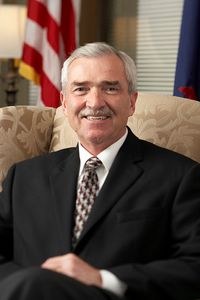
Courtesy ballotpedia.org
City Council:
District 2
Melissa Rinehart, D
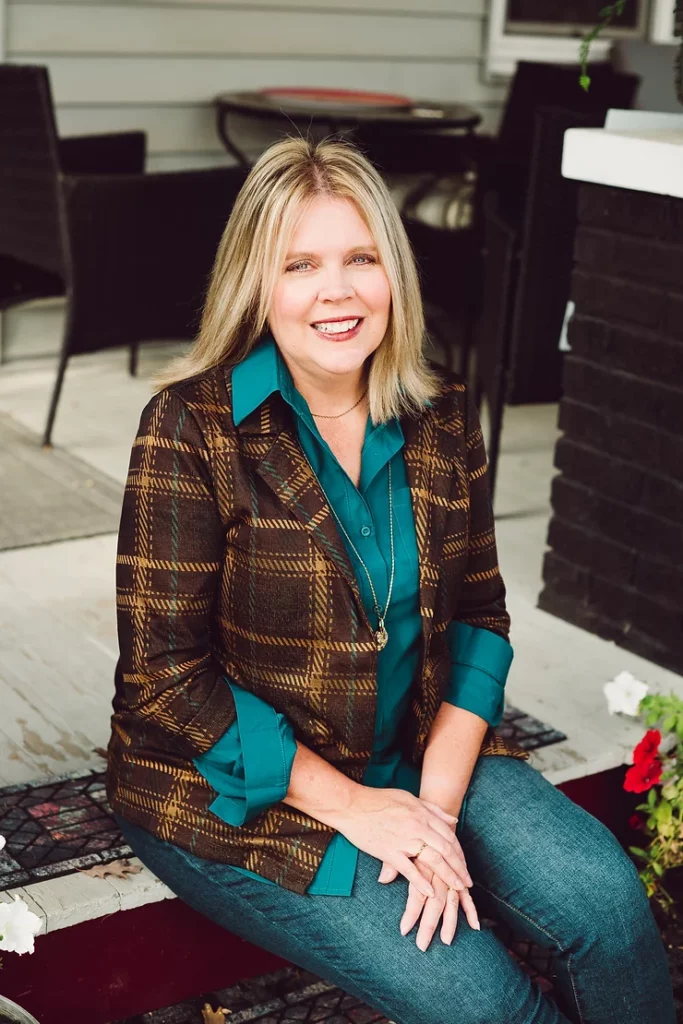
Courtesy melissarinehart.com
District 4
Patti Hays, D
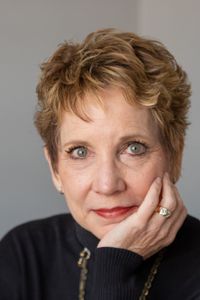
Courtesy ballotpedia.org
At Large:
Martin Bender, R (Incumbent)
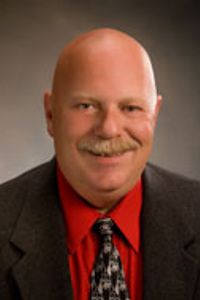
Courtesy ballotpedia.org
Michelle Chambers, D (Incumbent)
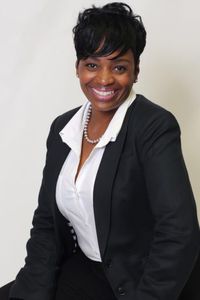
Courtesy ballotpedia.org
Stephanie Crandall, D
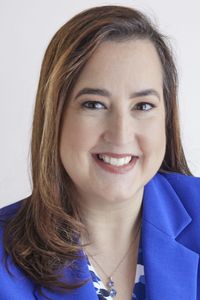
Courtesy ballotpedia.org
Audrey Davis, D

Courtesy ballotpedia.org
Tom Friestroffer, R (Incumbent)
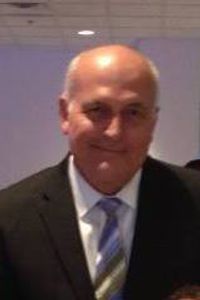
Courtesy ballotpedia.org
Luke Fries, R

Courtesy allencountygop.com
City Clerk:
Porsche Davis, D
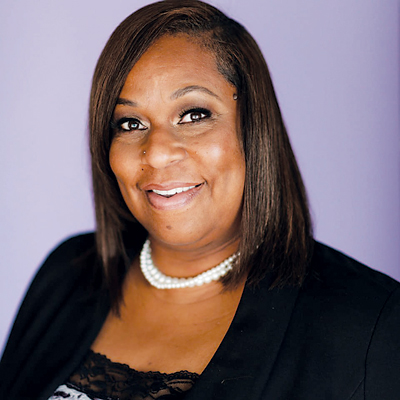
Courtesy waynedalenews.com
Lana Keesling, R (Incumbent)
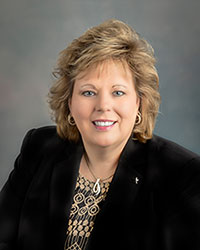
Courtesy cityoffortwayne.org

